1140
7 interesting facts from the biography and millionaire jeweler Carl Faberge

difficult to find a jeweler better known than Karl Faberge. Easter eggs made by him for the imperial family, now estimated at millions of dollars and are considered unmatched samples of jewelery jeweler masterstva.Sam lived a difficult life: its share fell and carefree years in the height of his fame, and the hard days of emigration, neglect and poverty. < Website publish the most interesting facts from the biography of Carl Faberge.
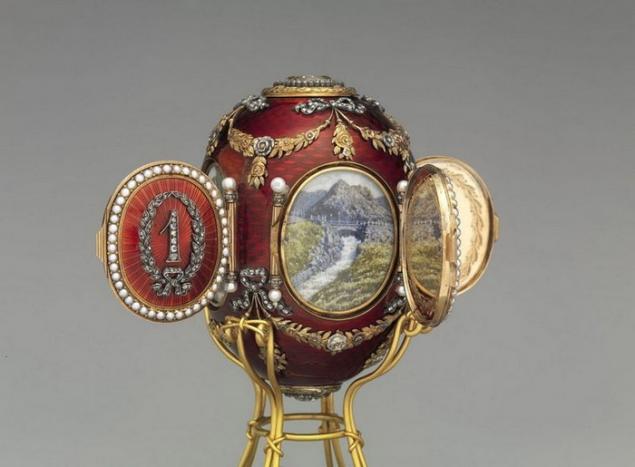
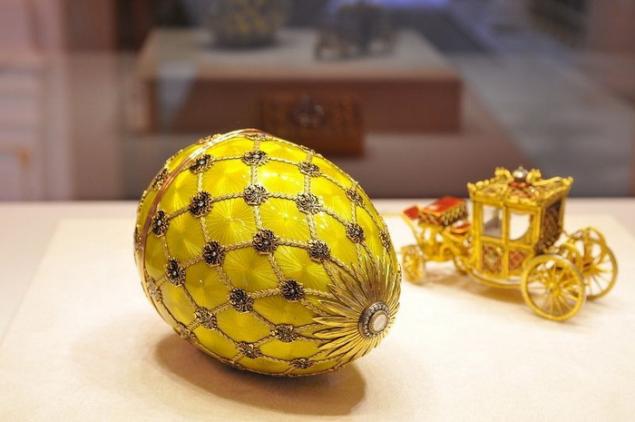
1. The idea of creating Easter eggs originated from the emperor Alexander III in. 1885. It was then that the Emperor ordered the jeweler wondrous little thing to a brighter holiday. Carl Faberge made the "Hen" egg, coated with white enamel. Inside it, as you might guess, it was located "yolk" of gold, which, in turn, was hidden hen with ruby eyes.
< 2. The first hack created a furor at the court, and since Faberge annually produces more and more wonders. There were created 71 eggs (52 of them for the emperor's family). The jeweler Faberge firm began to work exclusively at the court, in addition to the Easter gifts, Karl created a master boxes, ornaments and all kinds of accessories.
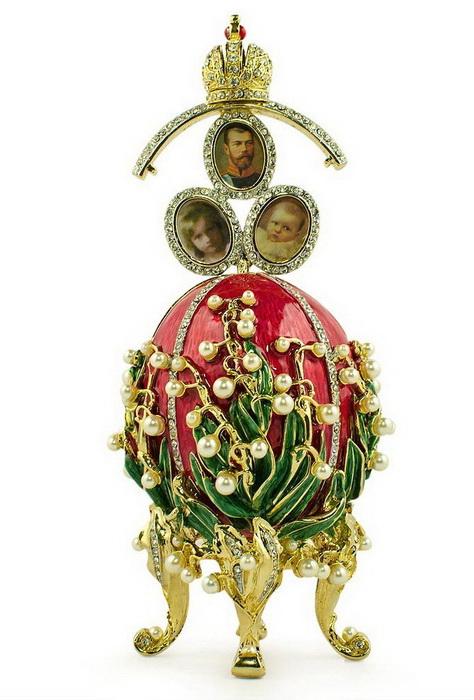
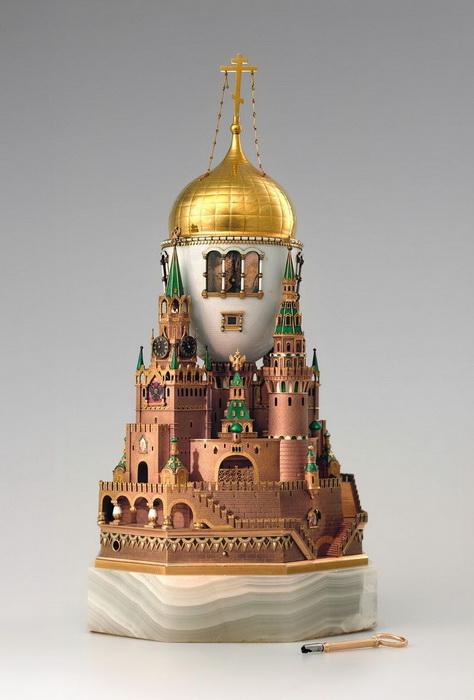

3. Faberge products sold in major cities of Russia, seemed eminent jeweler waiting for a carefree future. These illusions were dispelled in 1917 when the Bolsheviks came to power. At first, the Revolution does not touch the Charles, but his house kept treasures in the amount of 7, 5 million gold rubles. For the safety of the jewels were in an armored lift-safe, which was connected to an electrical voltage.


4. Apart from its own jewelry in the house of Faberge jewels kept foreigners, which can not be taken out of Russia. When it became clear that the Bolsheviks would get and Faberge, jeweler handed over her house to stay the Swiss mission (at the time was a law on the protection of foreign property). All the jewels he packed in 7 suitcases and took them to complete an inventory of 20 pages! Cache lasted until May 1919, when the Bolsheviks, contrary to the law raided the house.

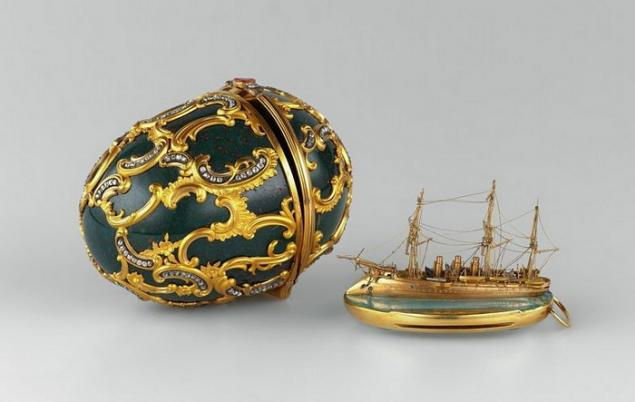

5. There are several versions about the fate of the treasures According to one of them all the valuables were confiscated by the Bolsheviks and were later sold abroad, on the other -. A few suitcases were previously transported to the Norwegian Embassy, but there they were stolen, along with historical data on the third version of Carl Faberge and his sons were able to hide part of the jewelery in the recesses.
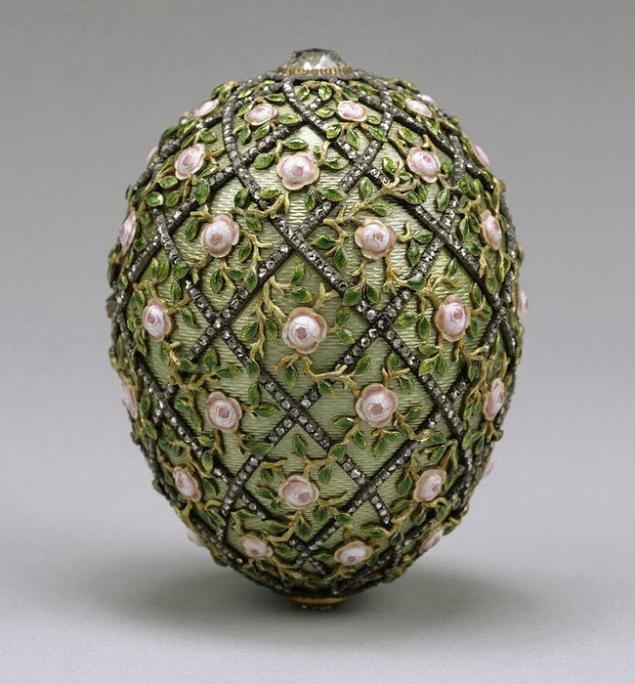
6. After the incident, Carl Fabergé was forced to leave Russia, he took away everything - and a favorite thing, and a fortune, and native land. After moving to Switzerland, he eked out a miserable existence, longing for his former life. Charles died in 1920, the same year he created jewelry incredibly worthless.
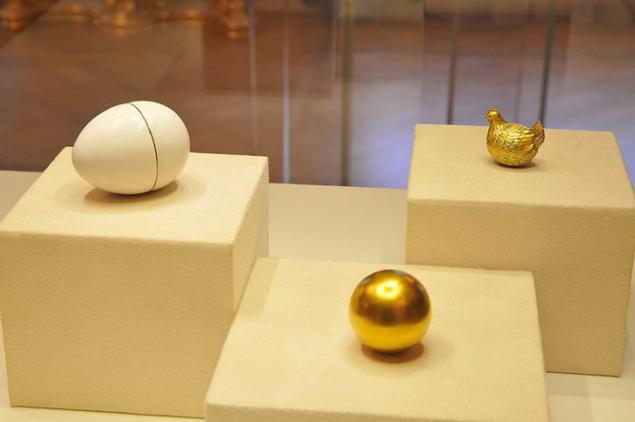

7. After the October Revolution the Bolsheviks were trying to replenish the treasury "the world's first communist state», sold out Russia's artistic treasures. They looted the church sold the paintings of old masters from the museum "Hermitage" and took up the crown, tiaras, necklaces and Faberge eggs belonging to the Emperor's family.
In 1925, the catalog of the imperial court of values (crown wedding crowns, scepter, orb, tiaras, necklaces and other jewelry, including the famous Faberge eggs) were sent to all foreign representatives in the USSR. Part of the Diamond Fund was sold to the English antiquarian Hormanu Weiss. In 1928, seven of the Diamond Fund "low-value" Faberge eggs, and another 45 items were seized.
However, precisely because of this Faberge eggs were saved from melting. Thus preserving one of the most incredible creations - egg "Peacock". Inside masterpiece of crystal and gold was enameled peacock. And this bird was mechanical - when it was removed from the golden branch, the peacock its tail raised like a real bird and even could walk
. Based on materials Amusingplanet.com site, adaptation Kulturologia.ru
via factroom.ru
Photographer creates worlds of small toys with the help of an enormous imagination
How to strengthen the immune system without drugs: 5 precious spices on it every day























